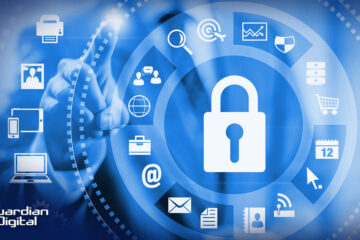Email has become a vital tool for communication in today’s interconnected digital landscape. However, with the convenience of email also comes security risks. Unprotected email accounts are vulnerable to cyber threats like phishing attacks and malware. To keep your inbox safe, it’s essential to implement effective email security measures.
Understanding the Threat Landscape
Before we dive into email security solutions, it’s crucial to understand the evolving threat landscape. Cybercriminals are constantly adapting their tactics to compromise sensitive data and cause harm. Phishing emails, ransomware, and business email compromise are just a few examples of the threats individuals and organizations face.
Securing Your Inbox: Solutions and Strategies
There are several tools and strategies to enhance email security:
Advanced Threat Protection
Deploying advanced threat protection solutions is crucial for blocking malicious emails and attachments. These tools detect and block harmful content, preventing security breaches. Features like URL filtering help identify and block malicious links within emails.
Encryption and Data Privacy
Encrypting emails ensures the confidentiality of sensitive information and compliance with data privacy regulations. End-to-end encryption adds an extra layer of security by allowing only the intended recipient to decrypt messages.
Multi-Factor Authentication (MFA)
MFA adds an extra layer of protection by requiring multiple verification forms to access email accounts. This reduces the risk of unauthorized access in case of stolen credentials.
User Awareness and Training
Training programs educate users on recognizing and responding to potential threats. By teaching employees to identify phishing attempts and avoid email scams, organizations can reduce the risk of falling victim to cyber threats.
Choosing the Right Tools for Your Organization
When selecting email security tools, consider factors like scalability, ease of implementation, and compatibility with existing infrastructure. By choosing tools that meet your organization’s unique security requirements, you can effectively protect your email communications.
Best Practices for Secure Email Communications
Maintain secure email communications by regularly updating software, enforcing strong password policies, and conducting security audits. Stay vigilant against social engineering tactics like spear phishing and prioritize ongoing education to stay ahead of cyber threats.
By prioritizing email security and implementing essential tools and practices, you can safeguard your communication channels and promote a safe digital environment.
Continuing Your Education on Email Security
Stay informed about securing your business email by exploring resources on email security best practices.



